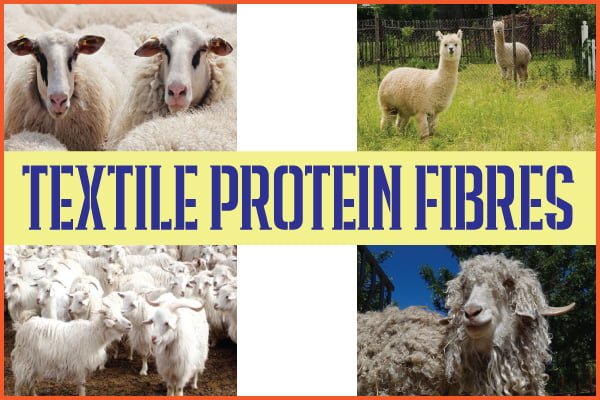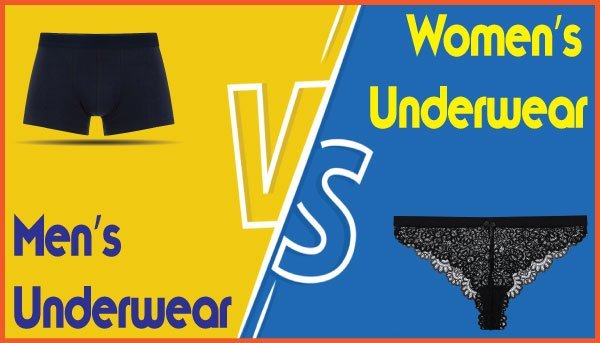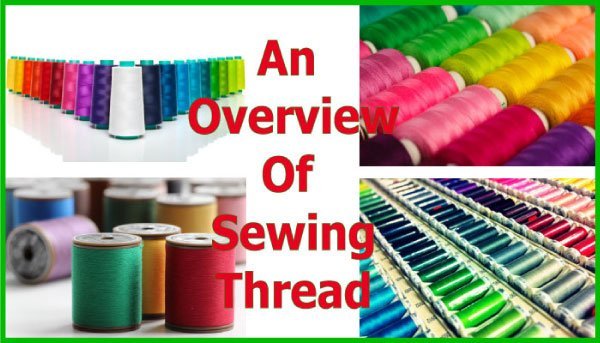Textile Protein Fibers
Two basic types of protein fibers are used in Textile Industry mostly, they are wool and silk. Because of availability and suitable to produce as bulk these two natural protein fibers are popular among the producers across the globe. Like silk and Wool there are some others protein fiber and also being used with cotton[…]





![The 23 Best Types of Hand Gloves [Images]](https://textileapex.com/wp-content/uploads/2018/12/Hand-Gloves.jpg)
